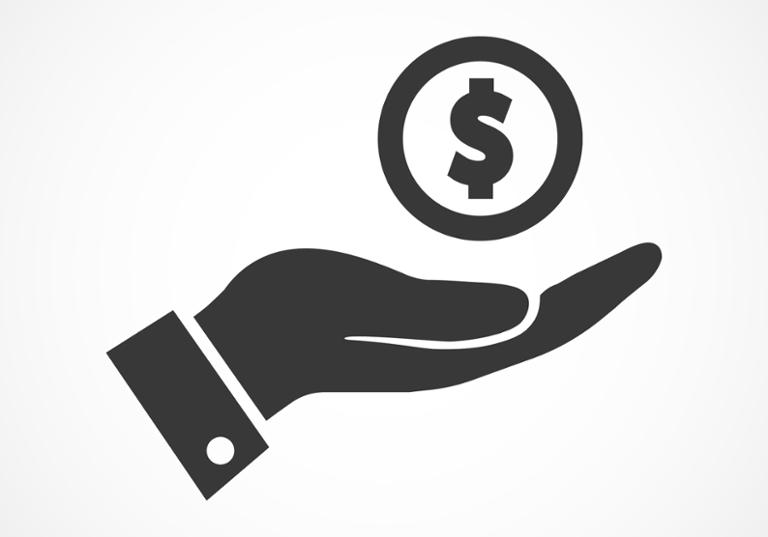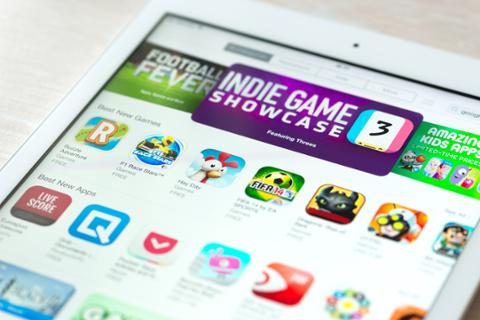Subscriptions are up 95 percent from last year, and as of June 2018, developers have earned over $100 billion from the App Store.Unfortunately, Apple doesn’t break out how much developers are earning directly from subscription apps. But developers view the scheme favorably. A 2017 survey from MacPaw shows 20 percent of desktop developers have tried subscriptions for their apps. Some 48 percent of them said subscription pricing had a favorable impact on the bottom line, while 39 percent were on the fence about charging users monthly or annually. A separate study from Liftoff notes that developers who don’t like subscription pricing may just have their pricing wrong. Liftoff says there’s a “golden middle” for app monetization, which has a lot to do with conversion rates for new users, a figure it places at roughly $161 per user. This figure is for users who transition from download to subscription; the actual cost of acquiring new users is $4.40, says Liftoff. Depending on the app, pricing might need to scale up to make a subscription sustainable. Examples of subscription successes exist in unlikely places, too. The popular photo editing app Enlight gave way to Enlight Photofox, a sophomore effort for the development team at Lightricks. The original Enlight app was $3.99, which Lightricks admitted was unsustainable. Users were initially unhappy with the move to a subscription model, though its current five-star rating suggests they’ve come around. Conversely, up-front pricing can be equally contentious. Things 3, a powerful cross-platform note-taking app, is upwards of $80 when you purchase both iOS versions (iPad and iPhone) as well as the desktop app. It doesn’t offer a subscription model, instead opting for paid upgrades when the team feels its efforts are worth it. When we asked why the upfront spend was so high, the team told Dice they were more interested in acquiring ‘pro’ users. Apple and Google are both trying to make subscriptions a more standard practice by offering free or discounted introductory periods (which many developers demanded); both entities entice developers into long-term subscription pricing by reducing their take from 30 percent to 15 percent after the first year. Great apps deserve direct income from users, but we have to wonder if the subscription model exists in a bubble. The process for cancelling a subscription is clumsy, and users have yet to experience the fatigue of too many monthly fees they find difficult to cancel. Luckily, technologies such as augmented reality have the promise of keeping users engaged with apps longer than expected, so staying creative might prove the best solution for developers who want to keep getting paid monthly.
App Subscriptions Nearly Double in One Year. Are We in a Bubble?
Subscriptions as a method for app monetization is nothing new, but we may have underestimated its popularity. In a retrospective timed to the App Store’s tenth anniversary, Apple made several proclamations touting just how lucrative and popular its mobile app portal has become. One interesting statistic is subscription pricing, which Apple says has nearly doubled year-over-year:


